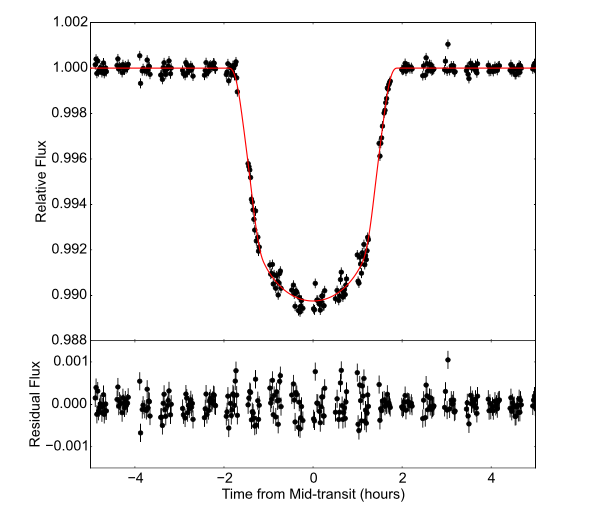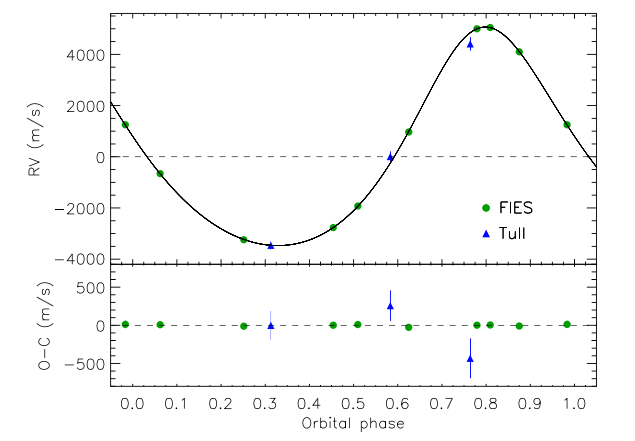The K2 Mission
After the failure of two of its four reaction wheels in 2013, the Kepler spacecraft could no longer maintain the pointing stability required for its primary mission of quantifying the occurrence rate of Earth analogs in the Galaxy. Thanks to a novel strategy developed by NASA engineers, however, the mission continued. By aligning along the ecliptic plane, solar radiation pressure could be used to help stabilize the pointing (see below). In this extended mission, K2, the telescope observed a new field of view every three months, providing fresh samples of bright stars for transiting planet discoveries. I will highlight several of the exciting planetary systems uncovered by us.
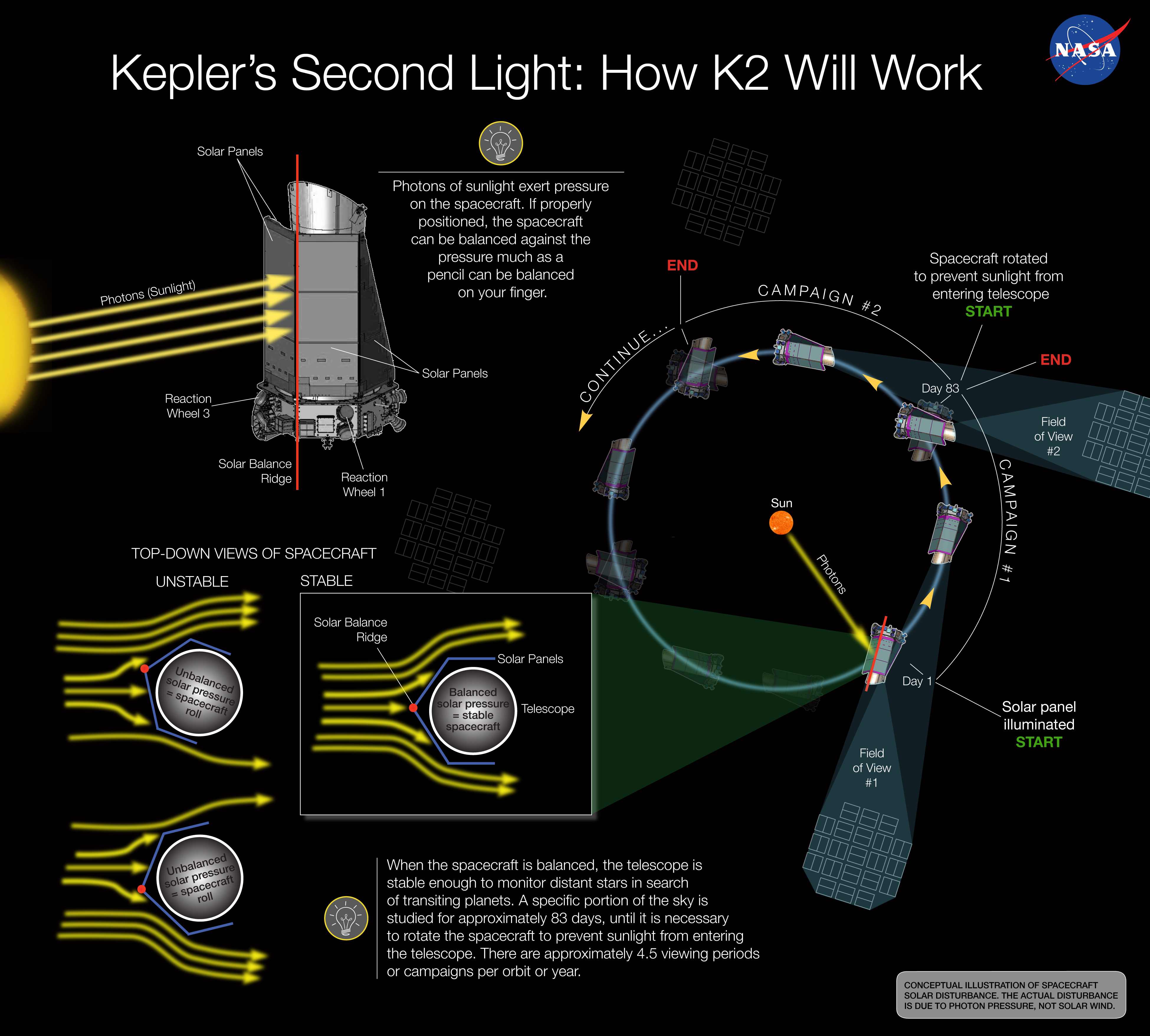
Disintegrating K2-22b
K2-22b orbits an M dwarf every 9.1 hours. Its transit depth is highly variable (0–1.3%) and wavelength-dependent. A closer examination of the transit profile reveals flux bumps immediately before and after transit, likely caused by dusty tails escaping the planet’s Hill sphere. K2-22b is therefore probably disintegrating or releasing dusty effluents, similar to KIC 12557548 and KOI-2700b. Read More.
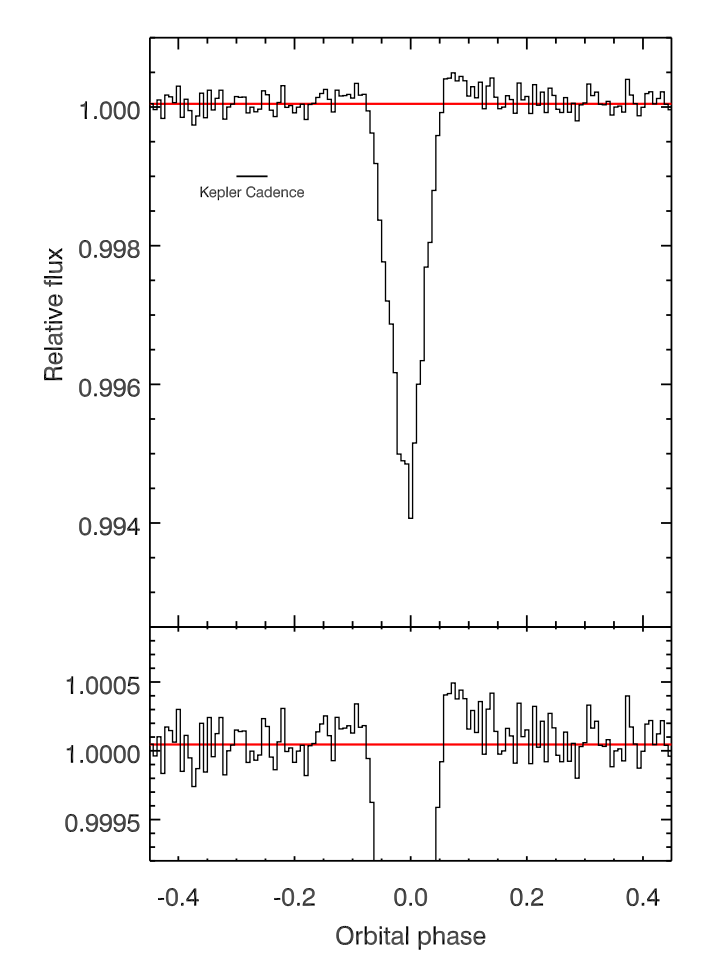
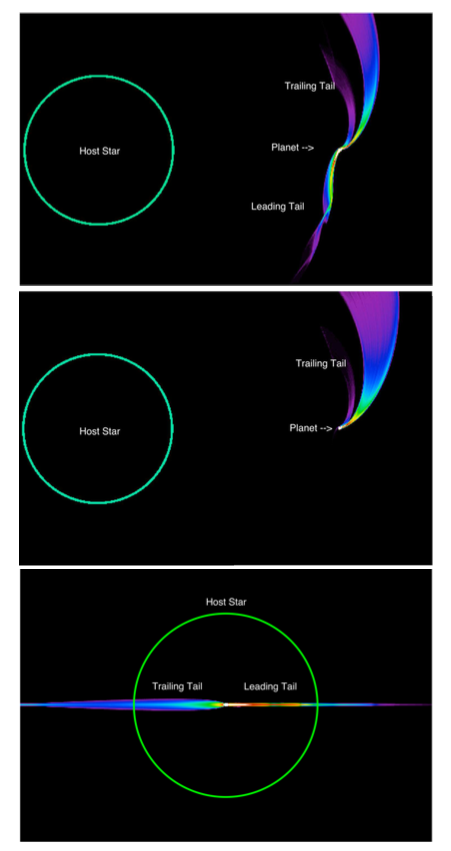
Top JWST Target GJ 9827
GJ 9827 is a nearby (30 pc), bright (V = 10.4) K star hosting three transiting planets with radii between 1.4 and 2.1 R⊕ and orbital periods of 1.2–6 days, close to a 1:3:5 mean-motion resonance. Owing to its bright, small host star, the system is among the most favorable targets for atmospheric characterization with the James Webb Space Telescope (JWST). The planet sizes straddle the rocky–volatile transition at ~1.6 R⊕, where smaller planets are likely rocky while larger ones tend to retain H/He or other volatile envelopes. Determining the compositions of all three planets in this system offers an especially compelling opportunity for comparative planetology. Read More.
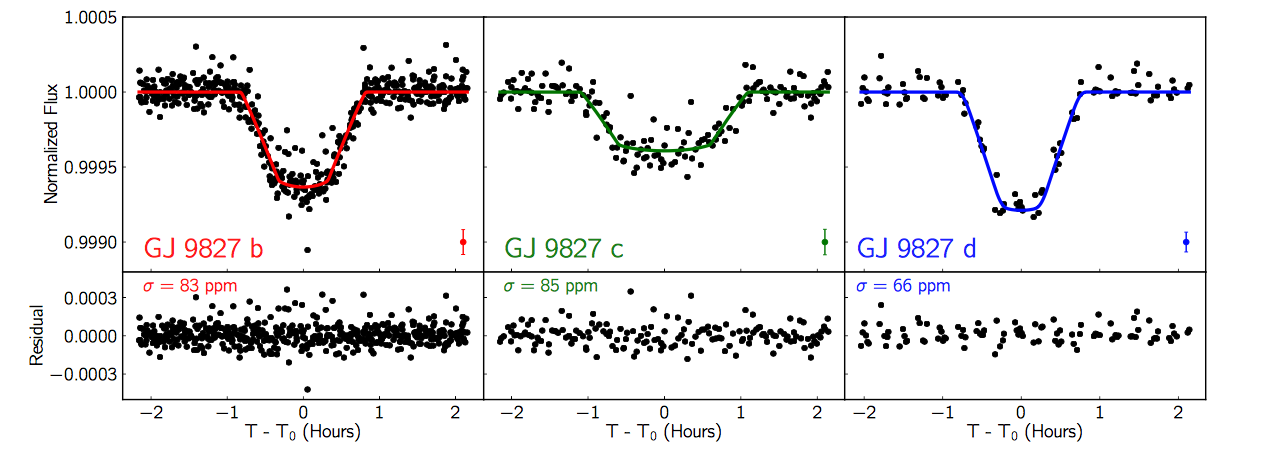
K2-136 in the Hyades
K2-136 is a K dwarf in the Hyades cluster, hosting the first known multi-planet system in an open cluster with three transiting planets. These planets have radii between 1.1 and 3.1 R⊕ and orbital periods of 8–25 days. Planetary orbits and compositions evolve over time under the influence of tides, dynamical interactions, atmospheric escape, and related processes, making it instructive to study planetary system distributions as a function of age. While well-measured stellar ages are difficult to obtain for field stars, open-cluster members share common chemical environments and ages. With an estimated age of 600–800 Myr, the planets of K2-136 may still be undergoing processes such as photoevaporation. Read More.
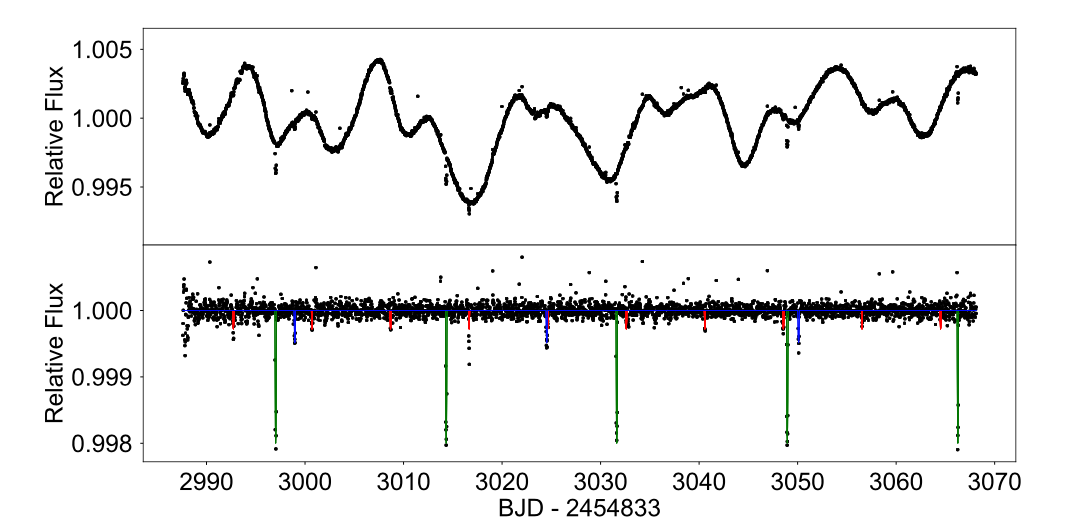
An Over-luminous Brown Dwarf: EPIC 219388192b (CWW 89Ab)
EPIC 219388192b is a brown dwarf (36 Jupiter mass) transiting a G dwarf in the open cluster Ruprecht 147. With an orbital period of 5 days, EPIC 219388192b is an inhabitant of the so-called "Brown Dwarf Desert": an observed paucity of brown dwarves with close-in orbits. With the help of ground-based follow-up observation, we pinned down the radius, mass and eccentricity of EPIC 219388192b to high precision. Given the cluster membership, the age is also well-constrained to about 3 Gyr. Spitzer follow-up observation by Beatty et al revealed that EPIC 219388192b is over-luminous for its age, possibly due to atmospheric temperature inversion. Read More.
